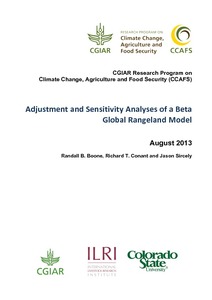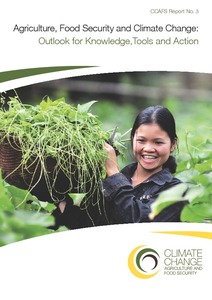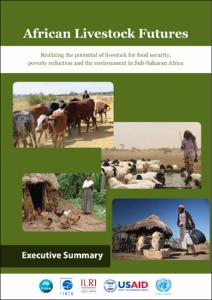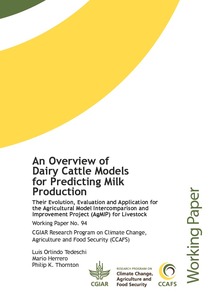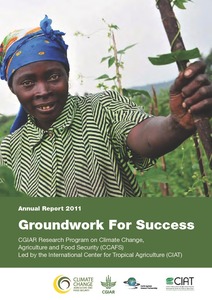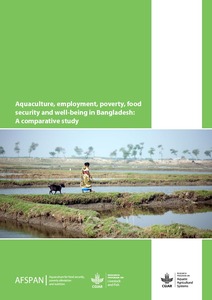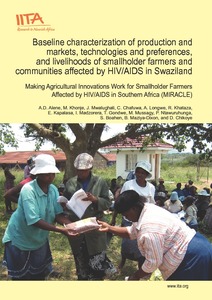Adjustment and Sensitivity Analyses of a Beta Global Rangeland Model
G-Range is a global model that simulates generalized changes in rangelands through time,
created with support from the International Livestock Research Institute. Spatial data and a set
of parameters that control plant growth and other ecological attributes in landscape units
combine with computer code to represent ecological process such as soil nutrient and water
dynamics, vegetation growth, fire, and wild and domestic animal offtake. The model is spatial,
with areas of the world divided into square cells.

